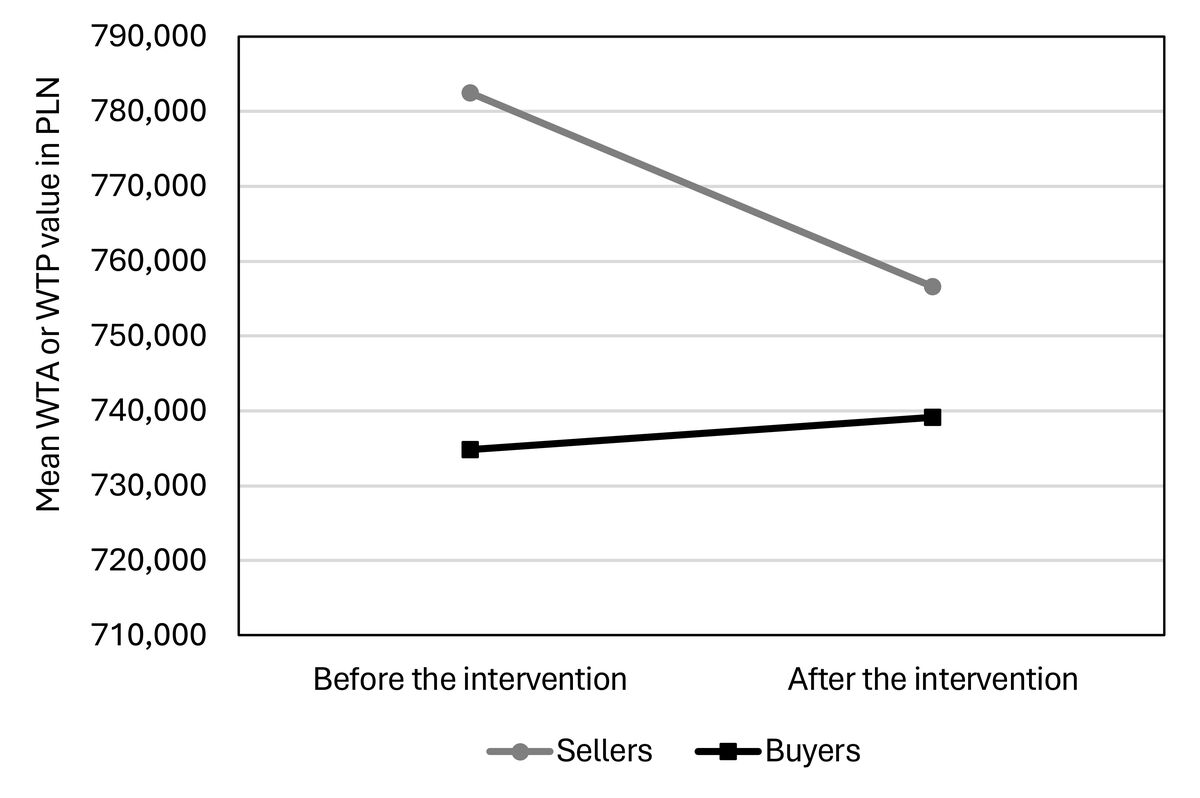Current issue
Online first
Archive
About the Journal
Aims and scope
Editorial Board
International Editorial Board
List of Reviewers
Abstracting and indexing
Ethical standards and procedures
REMV in Social Media
Contact
Instructions for Authors
Instructions for Authors
Manuscript formatting template
Title page
Highlights
Payments
‘Ghostwriting’ and ‘Guestauthorship’
Guidelines for Referees
How to weaken the endowment effect in the housing market? The role of behavioral interventions
1
Krakow University of Economics, Department of Real Estate and Investment Economics, Poland
Submission date: 2024-04-26
Final revision date: 2024-07-10
Acceptance date: 2024-09-09
Publication date: 2024-12-22
Corresponding author
Mateusz Tomal
Krakow University of Economics, Department of Real Estate and Investment Economics, Poland
Krakow University of Economics, Department of Real Estate and Investment Economics, Poland
REMV; 2024;32(4):96-104
HIGHLIGHTS
- behavioral interventions aim to highlight and visualise relevant information
- the endowment effect exists in the Polish housing market
- the endowment effect is significantly weakened after behavioral interventions
KEYWORDS
TOPICS
C91 - Laboratory, Individual BehaviorC93 - Field ExperimentsD46 - Value TheoryR31 - Housing Supply and Markets
ABSTRACT
The endowment effect is one of the key behavioral biases causing friction in the housing market. It results in sellers' offer prices being inflated relative to buyers' bid prices. Although this effect has been confirmed in many studies, little is known about how it can be reduced or eliminated. Therefore, this article assesses the impact of behavioral interventions on the intensity of the endowment effect using the Polish housing market as a case study. The research was based on a lab-in-the-field experiment, in which a hypothetical transaction in the secondary sales housing market was simulated and the recruited respondents were randomly divided into sellers and buyers. The endowment effect was measured by the gap between the average value of minimum prices for which sellers would be willing to sell a dwelling (WTA) and the average value of maximum prices that buyers would be willing to pay to acquire that dwelling (WTP). The results show that the endowment effect significantly decreases but does not disappear after the application of behavioral interventions. The latter consists of highlighting relevant information about the market price of a property and visualizing it graphically. Specifically, before the intervention, the WTA-WTP gap was 7.01%, and after 2.48%.
FUNDING
The publication presents the results of the Project financed from the subsidy granted to the Krakow University of Economics.
CONFLICT OF INTEREST
The Author is a section editor of Real Estate Management and Valuation but took no part in the peer review and decision-making processes for this article.
Share
RELATED ARTICLE
We process personal data collected when visiting the website. The function of obtaining information about users and their behavior is carried out by voluntarily entered information in forms and saving cookies in end devices. Data, including cookies, are used to provide services, improve the user experience and to analyze the traffic in accordance with the Privacy policy. Data are also collected and processed by Google Analytics tool (more).
You can change cookies settings in your browser. Restricted use of cookies in the browser configuration may affect some functionalities of the website.
You can change cookies settings in your browser. Restricted use of cookies in the browser configuration may affect some functionalities of the website.



